

About "The Thinker"
The Thinker (French: Le Penseur) is a bronze sculpture by Auguste Rodin, usually placed on a stone pedestal. The work shows a nude male figure of over life-size sitting on a rock with his chin resting on one hand as though deep in thought, often used as an image to represent philosophy. Rodin first conceived the figure as part of his work The Gates of Hell commissioned in 1880, but the first of the familiar monumental bronze castings did not appear until 1904.
The really interesting thing about The Thinker is that it was developed over a period of 14 years, and was influenced by other pieces by Rodin that were unfinished during his life (The Gates of Hell and the Monument to Balzac, both of which would only be cast after Rodin passed away). In large part, it was impact of the The Thinker on his reputation that enabled these later works to be cast after his death.
-
-

INSTALLATION
Since Rodin's death in 1917, the Monumental version has been cast 50+ times and can be seen across Asia, Europe and the Americas
-
-
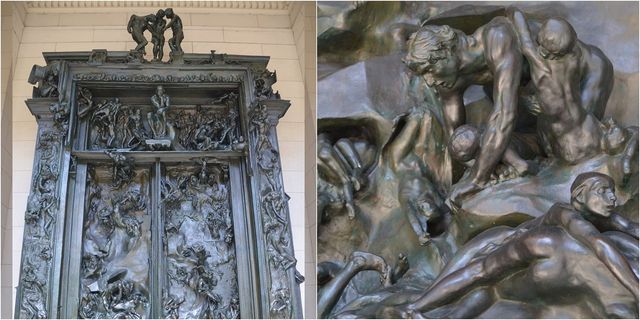
EVENT
In 1880 Rodin is commissioned to create the Gates of Hell, a work that is eventually cancelled and only cast after Rodin dies
-
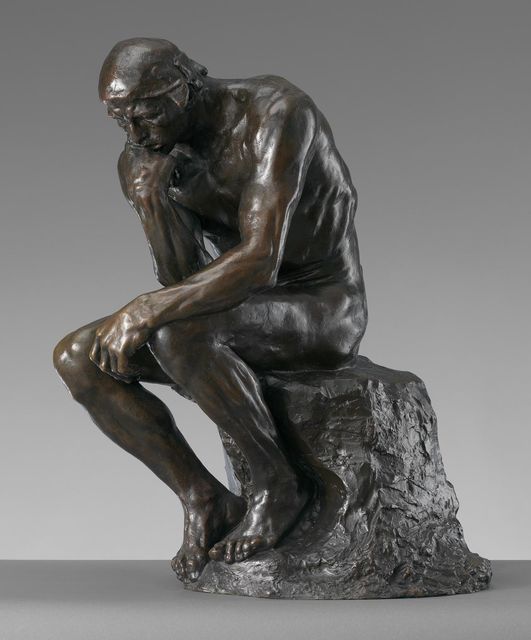
STUDIO
After the Gates of Hell was cancelled, Rodin reworked figure into a small standalone "The Thinker' statue in 1888
-
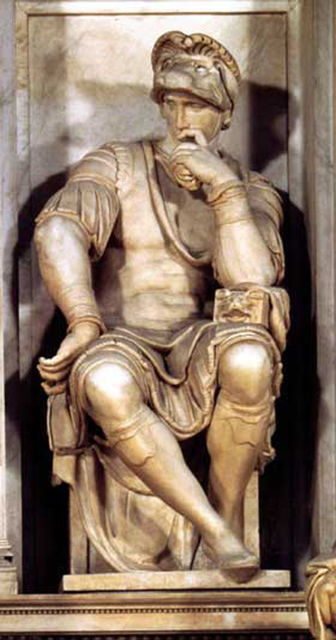
INFLUENCES
Michelangelo's "Thinker" sculpture of Lorenzo Medici is seen as a possible inspiration to Rodin for "The Poet"
-
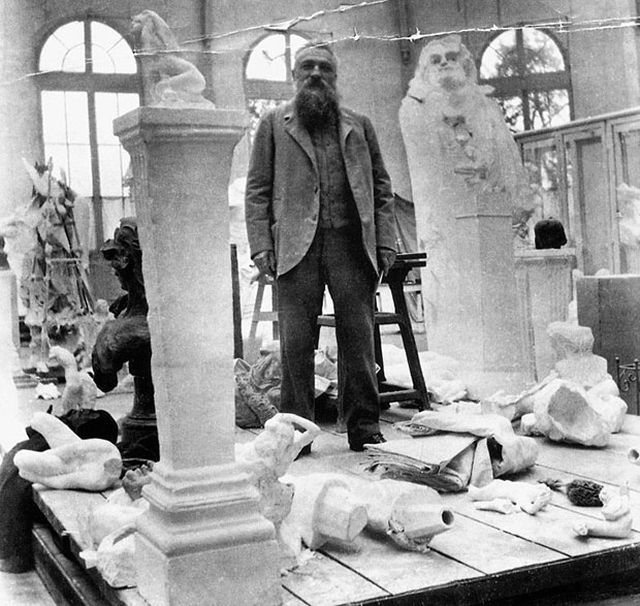
EVENT
Between 1888 and 1900 Rodin focuses on a sculpture of Poet Balzac, which is rejected, and only cast after Rodin dies
-
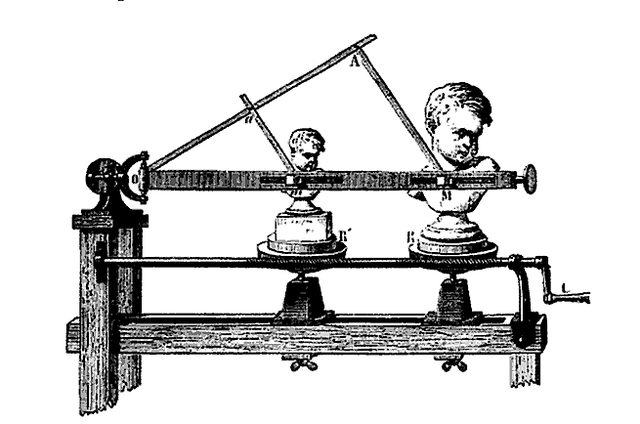
EVENT
In 1900, after a 10-year pause, Rodin returns to The Thinker, using a Collas Machine enlarge it a larger (Balzac sized) statue
-
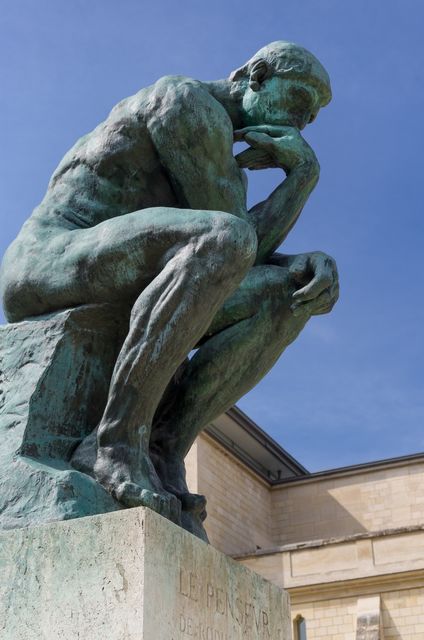
EVENT
The larger version of The Thinker is exhibited in 1904 at the Salon and purchased by the French Government.
-
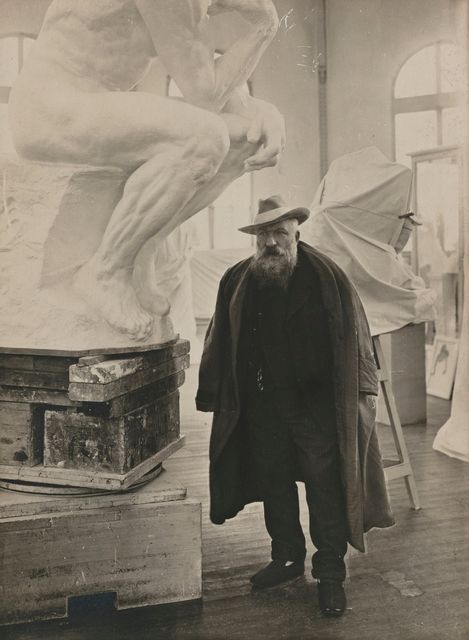
EVENT
Rodin created a further 9 casts of the thinker during his lifetime - and left the rights to cast this statue to France
-
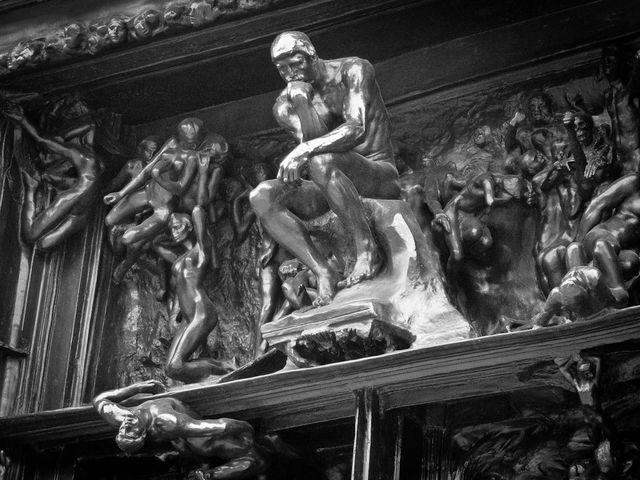
DETAIL
Rodin put Dante,"The Poet" at the centre of the Gates of Hell, embodying every artist, looking over his creation.
-
-











